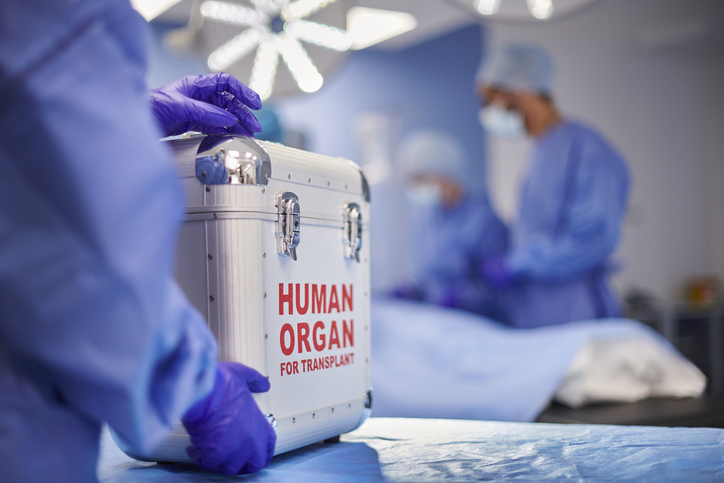If you are living with primary biliary cholangitis (PBC) and your disease has progressed toward liver failure, or if you have an aggressive form of the disease, you’ll likely need a liver transplant.
Previously named primary biliary cirrhosis, PBC is a rare, chronic autoimmune liver disease in which the body’s immune system attacks the bile ducts of the liver, eventually destroying them. This causes a buildup of bile in the liver, progressively damaging and scarring the liver. Women over the age of 40 are most likely to develop PBC, with approximately one in 1000 women affected.
There is no cure for PBC, and while some medication can delay disease progression and successfully manage symptoms, the only option for people with end-stage liver failure is a liver transplant. The survival rate for two or more years following a liver transport is around 80%.
However, in around one in five cases, PBC can develop in the new liver.
Learn more about PBC treatment and care
Eligibility for a liver transplant
The first step toward a liver transplant is your doctor’s recommendation. Then you will need to be assessed by the transplant team.
Certain factors caneliminate you as a suitable candidate for a liver transplant. For example, iIf you have an infection or a medical condition (such as certain types of cancer), or if you have a history of substance abuse, you may not be able to recieve a transplant.
To determine if you’re a good candidate for a liver transplant, you will undergo a number of tests. These include:
· Blood tests to check liver and kidney function
· An ultrasound to check blood flow and look for any abnormal growths on the liver
· A chest x-ray to check for a lung infection and bone density
· An electrocardiogram
· A pulmonary test for lung capacity
Liver donors
The liver is the only human organ that can regenerate (or grow back). This means that if you’re cleared to receive a liver transplant, you’ll only receive a portion of a donor’s liver. In only a matter of weeks post-transplant, the donor liver will have grown to normal size. Donors can be living or deceased.
Liver transplant surgery
Matching you with a donor is based on blood type and anatomical suitability. You’ll be placed on a national waiting list until a suitable donor becomes available. The wait can sometimes be up to three years. During this time, you will need to maintain a healthy lifestyle and be ready as soon as a liver becomes available.
The procedure is performed under general anesthetic and lasts from four to 12 hours, depending on the patient’s health and overall condition. Your liver and gallbladder will be removed and replaced with the donor liver.
Post-surgery care
After spending some time in the ICU, you’ll be moved to the transplant unit for five to -10 days. You will be discharged only when you’re well enough. This will depend on your recovery and how your body responds to the surgery. Even post-discharge, you are at-risk of the following complications: hemorrhage, thrombosis, rejection of the liver and recurrent liver disease.
In the weeks following discharge, you will be monitored closely by your healthcare team, and you’ll have to take immunosuppressive medications for the rest of your life to prevent your body from rejecting the liver. In the three to six months post-surgery, you’ll need to be extra careful to avoid infection.

